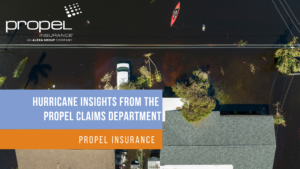Wait for officials to clear safety before returning.
Avoid hot ash, charred trees, smoldering debris, live embers, damaged or fallen power lines/poles/wires to avoid sparking another fire or electrocution.
Avoid all direct contact with ash—wash it off as soon as you can to avoid skin and eye irritation. Children, pregnant women, and any person with respiratory issues, and heart or lung conditions should not breathe in any dust from ash.
Once the wildfire is over and it is safe to return, remember, safety is your top priority.
Here’s what to do next:
- Inspect Your Property: Carefully check your business premises for damage and document everything with photos and notes.
- Contact Your Insurance Company: Report any damage as soon as possible to initiate the claims process.
- Avoid Additional Damage: Make temporary repairs to prevent further damage, but save receipts for any materials or services used.
By taking these steps, you can better protect your business and ensure a smoother claims process if you need to file one. Our team is here to support you, so don’t hesitate to reach out with any questions or concerns about your coverage.




